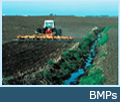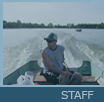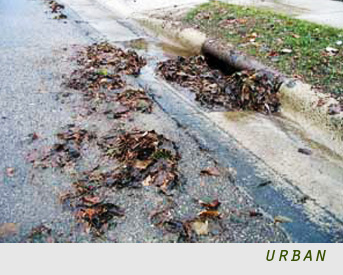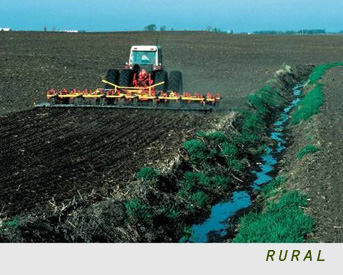        |
|
"It is inconcievable to me that an ethical relation to land can exist without love, respect, and admiration for land, and a high regard for its value. By value, I of course mean something far broader than mere economic value; I mean value in the philosophical sense. " - Aldo Leopold ..................................... |
| Best management practices (BMPs) are innovative, dynamic, and improved control measures taken to mitigate changes to both quantity and quality of runoff caused through changes to land use. BMPs are also environmental protection practices applied to a site to help ensure that development is conducted in an environmentally responsible manner. BMPs protect wildlife and landscapes as we work to develop sustainable urban, rural, and waterfront communities. BMPs are designed to reduce stormwater volume, peak flows, and/or nonpoint source pollution through evapotranspiration, infiltration, detention, and filtration, or biological and chemical actions. Some BMPs are as simple as choosing native vegetation for shorelines that blends in with the natural surroundings, while others involve cutting-edge monitoring and production technologies. All are based on the idea that the "footprint" of development should be as small and as light as possible.
Local communities benefit from safeguarding their natural resources, including clean water, good fish & wildlife habitat, and scenic beauty. A 200 survey of 400 Wisconsin business executives gave Wisconsin its highest rankings relative to other states for its quality of life, government services, and loyalty to area. Click on the images below to link to urban, rural , and lakeshore BMPs There is a vast amount of information out there availiable to landowners & citizens; it can even seem overwhelming. So we've put together what we think are some good places to find out more about how you can help improve water quality in Crystal, Loon, and Mills Lakes or your local water body. Whether you live in the city, in the rural area, or right on the lake. |
||
|
||



